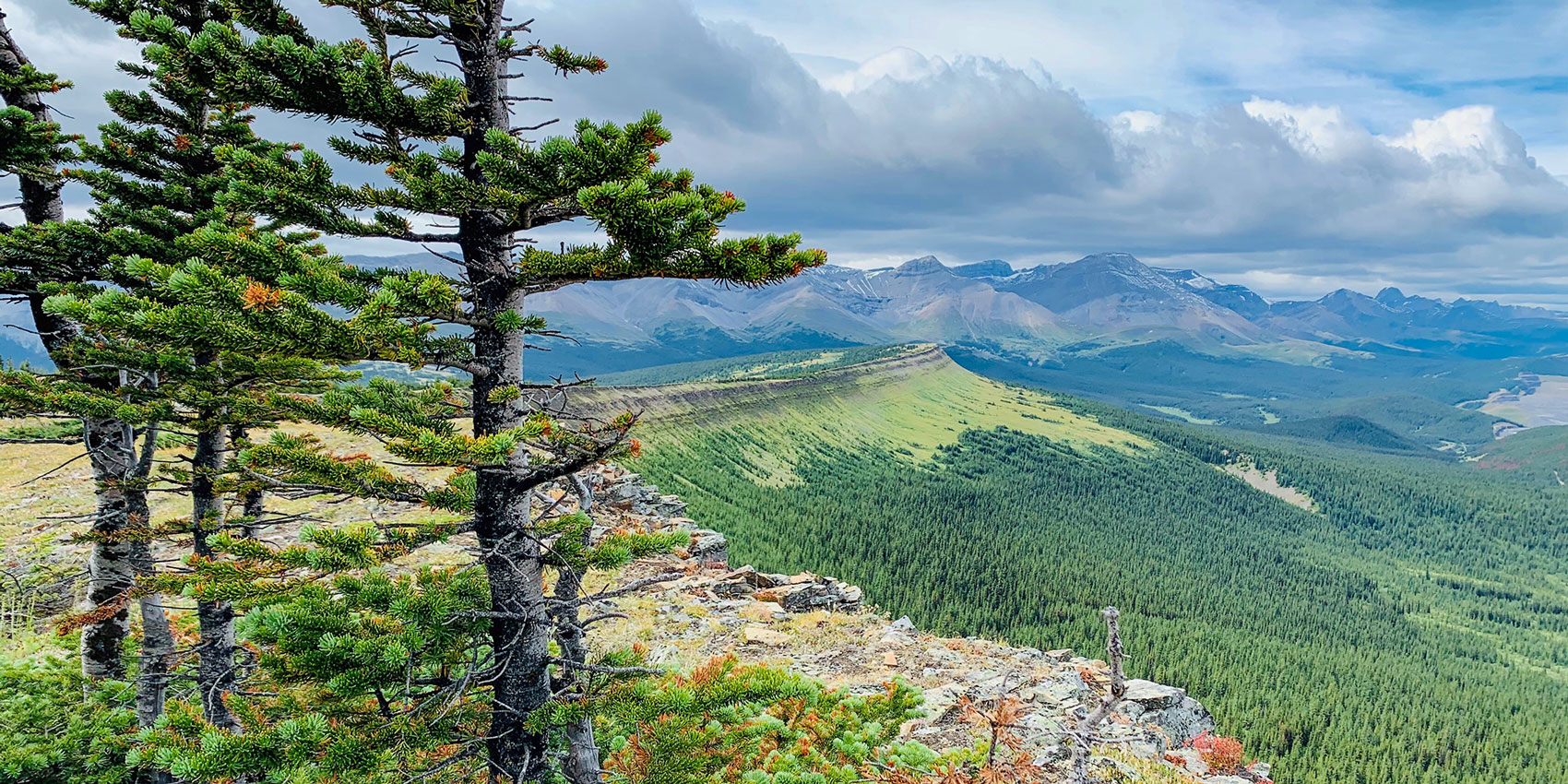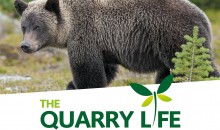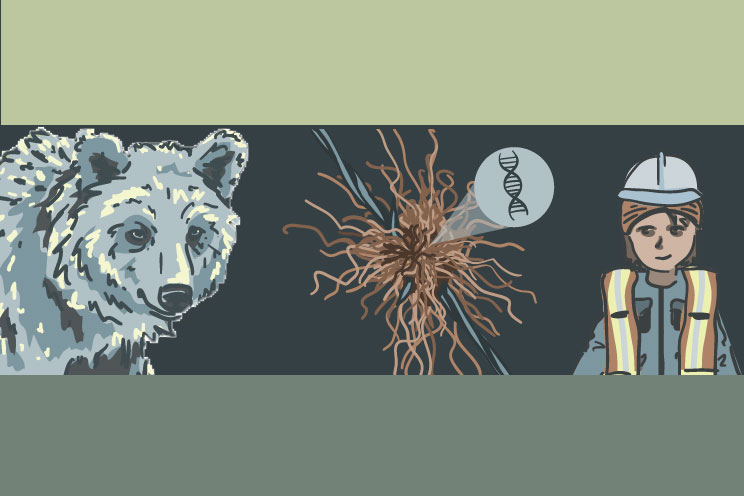The Grizzly Bear Program studies populations that roam over a long area up and down the foothills of the Rockies, and in some places, far east through forests out of sight of the mountains. Some of these areas are protected parks and Wildlands; but much of it is a working landscape supporting communities, with roads and resources.
A great deal of our science takes up the question: how should we share the landscape with grizzly bears? This is also the question for Cadomin Limestone Quarry, where the rock deep under the hills south of Hinton is blasted apart and sent by rail to a cement plant in Edmonton.
“Over the past 18 years, the fRI Research Grizzly Bear Program has amassed the most comprehensive data set of grizzly bear data anywhere in North America. Historic collar data from the Grizzly Bear Program has shown grizzly bears frequenting the quarry lands and the adjacent properties, including coal mines and the neighboring community of Cadomin. …
“Our project intends to involve quarry employees and local high school students in non-invasive genetic sampling to identify individual grizzly bears using the quarry property. By combining genetic samples retrieved from grizzly bear hair and scat with existing data from the Grizzly Bear Program’s historic collaring and tracking efforts in the area, we are confident that an accurate assessment of grizzly bear habitat use, movement, and survival on the quarry site can be made.”
This excerpt comes from the project description posted at the Quarry Life Award website, which collects over 100 biodiversity projects being done at quarries around the world. Juries will award prizes to projects that promote biodiversity, improve the connection between the quarry and the surrounding environment, or scientific knowledge that improves biodiversity management at quarries.
As our project progresses, the team will post updates at the Quarry Life website. The first is already up. They include a mix of science about grizzly bears as well as stories about how the humans doing the research are getting on, and are worth checking in on occasionally. This phase of the project wraps up in the fall.









